The World Health Organization (WHO) defines Child Sexual Abuse (CSA) as “the involvement of a child in sexual activity that he or she does not fully comprehend, is unable to give informed consent to, or for which the child is not developmentally prepared and cannot give consent, or that violates the laws or social taboos of society…”
A large-scale national study conducted in 2007 by Ministry of Women and Child Development (MoWCD), to assess the extent and nature of child abuse in India, uncovered some alarming statistics; that among the 12,447 children interviewed, more than half (53 percent) reported experience of sexual abuse.
In addition to being prevalent, Child Sexual Violence, according to a review conducted by UNICEF in 2012, violates basic human rights, and is associated with poor mental health (i.e. depression, anxiety, panic disorders, substance abuse disorders, and attempted suicide), poor physical health (i.e. injury, sexually transmitted infections), unintended pregnancy, social harm (i.e. difficulty sustaining relationships, missed school), and increased risk of intimate partner violence later in life.
One of the organisations that address this issue with its StopChildSexualAbuse initiative is Sakshi, an NGO which was registered in 1992, and consistently working to bring social and cultural reforms catering to this cause and has also been revolutionary in bringing about changes legally as well.
In an exclusive interview with TheCSRUniverse, Ms Smita Bharti, Executive Director, Sakshi, shares insights on the issue and the challenges that her organisation faces towards working on its mission. She also highlights the importance of having CSA centric organisations and laws that are direly needed to bring about reforms within the cause.
Excerpts from the interview below:
Q. Could you please provide insights into the genesis and evolution of Sakshi? What were the key factors that motivated its establishment, and what is the organization’s vision for the future?
A: Sakshi started its journey 30 years ago when the country was raging to seek justice for Bhanwari Devi, the Nirbhaya of the 90s. While everyone was determined to get justice for Bhanwari Devi through the criminal justice system, Naina Kapur, a Supreme Court Advocate, focussed on the acts that preceded the instance of sexual assault that had no legal definition as prohibited behaviours. The PIL Vishakha and Others vs State of Rajasthan was filed. Vishakha Directions was the precursor to the The Sexual Harassment of Women at Workplace (Prevention, Prohibition and Redressal) Act, 2013, commonly known as the PoSH Act.
Parallely, CBI brought another case to Naina Kapur, Smt Sudesh Jhaku vs KCJ and Others, where the 6-year-old was being sexually abused by her father. We lost this case, because the then definition of sexual assault was limited to penile vaginal penetration. Sakshi vs Union of India sought an expanded definition of sexual assault amongst many other rights. The recommendations from this PIL were accepted by the 172nd Law reform and went on to become the foundation for POCSOA2012, and informed the JJ Act and Sexual Assault Bill.
Sakshi spearheaded the Asia Pacific Advisory Forum for Judicial Education on Gender Equality for the Judiciary of 5 countries of the Region; India, Pakistan, Nepal, Bangladesh & Sri-Lanka. The 10-Year-programme was crucial in mainstreaming Gender Equality Education in the Judiciary and was recognized as a ‘Best Practice’ Model by UN Women.
We shall continue to work toward interrupting the cycle of violence and creating safe spaces for women, children and other marginalized groups.
Q. Given the pervasive nature of sexual abuse and child harassment in India, what specific challenges does The Rakshin Project aim to address that are unique to the Indian context?
A: POCSO Act, 2012 and its subsequent amendment in 2019, has mandated specific laws with regard to various sexual offenses against children. It addressed the gap of ambiguity that prevailed earlier in the sections of the Indian Penal Code that were employed for such offenses.
But there are significant gaps, such as lack of training and skills to address complex barriers to prevent Child Sexual Abuse, attitudes and practices, and a lack of awareness and compliance of mandatory guidelines of reporting under Section 21(1) of the POCSO Act, 2012.
A pertinent problem lies in the fact that there is no language to convey matters of sex and sexuality. These acts as a large barrier against victims/survivors who wish to speak out but are ill-equipped to do so because they cannot find the words. There is an urgent need for an innovative solution to overcome these barriers of denial, silence, shame and stigma around Child Sexual Abuse.
There is a greater need to focus on the prevention of violence and implement programs that prevent such violence from occurring in the first place. It is within this paradigm that Sakshi proposed the Rakshin Project as an innovative solution with the specific purpose of developing youth as an Informed, Skill Built Rakshin (Preventer) in each HOME to make Homes A Safe Space, Free from Child Sexual Abuse.
Q. Can you provide insights into the strategies employed within The Rakshin Project to tackle the deeply ingrained cultural attitudes and societal norms that contribute to the prevalence of child sexual abuse in India? And In a country as diverse as India, how does The Rakshin Project take into account the regional and cultural variations in addressing child sexual abuse?
A: Starting from a proactive mindset to systemic interventions, the Programme Design for the Rakshin Project has been framed within the ecology-based model for the prevention of child sexual abuse within the families and trusted circle. The Rakshin Project rests on the five tenets that Sakshi has arrived at over 30 years of implementing programs to strengthen the Prevention of Gender Based Violence and create Systemic Change.
- Constitutional Right to Equality
- Experiential Pedagogy
- Principle of Do No Harm
- Integrated Audience.
- Social Arts: message receivers into message carriers.
The barriers to reporting CSA namely Denial, Silence, Shame and Stigma are pervasive in all the regions and cultures of our country. The adaptations are mainly audience specific. The modules are modified for the linguistic, regional, geographical, professionally and economically segregated audiences.
Given the inter-connected and complex nature of the challenge, Sakshi realises that merely working with youth is grossly inadequate to prevent CSA. Three broad interventions have been designed to create an enabling and preventive ecosystem.
- Multi-sector, Multi-stakeholder Collaborations.
- Communication Strategy: Using both push and pull strategies
- Applied Research
The purpose of The Rakshin Project is to have One Informed, Skill Built Rakshin (Preventor) In Each HOME to Make Homes A Safe Space by preparing the youth to uphold the sanctity of personhood of children within their families by safeguarding them from sexual violence.
Q. Considering the magnitude of the problem, how does The Rakshin Project ensure that the workshops delivered to NSS units in colleges and universities have a lasting impact on the students’ understanding and actions regarding child sexual abuse prevention?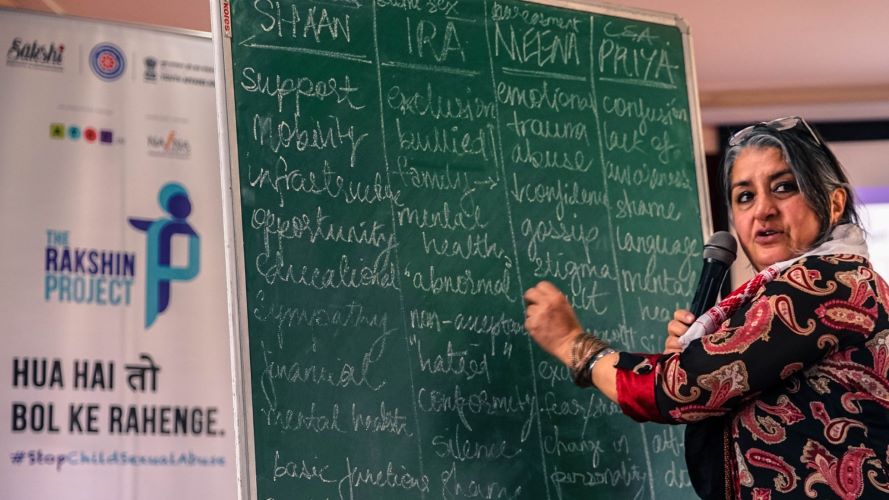
A: All the students after attending The Rakshin Project webinar are invited to enroll themselves in The Rakshin Fellowship Program. The Rakshin Fellowship has been specifically designed to take the message to their family, peers and community. It is a comprehensive program consisting of five distinct levels that aim to empower students with knowledge about this critical issue. Through the fellowship, students are encouraged to delve into various concepts related to child sexual abuse, including an understanding of gender dynamics and power structures that permits such abuse to occur. By actively participating in engaging sessions, fostering discussions and inspiring students to spread the message to a wider audience, we strive to create a lasting impact. In this process, we are creating a generation of aware citizens who would be better equipped to address child sexual abuse by challenging the social norms and barriers of silence, stigma and shame that shrouds child sexual abuse.
Q. In light of the power dynamics and hierarchies prevalent in Indian society, how does The Rakshin Project address the issue of reporting and addressing child sexual abuse cases in institutions, particularly when the perpetrators may hold positions of authority?
A: The purpose of The Rakshin Project by Sakshi is to make adults accountable for the safety of the child. To promote this, we empower youth (through the NSS college programmes), the teachers in schools, the Anganwadi workers/helpers and other caregivers. A critical part of the programme focussed on building skills to identify and enroll allies within their circle of influence, acquire a rights based language to articulate and call out abusive behaviours and understand the reporting mechanisms. It is not simple or easy, but the aim is to make this community of young adults into active bystanders, who are in a better position in terms of power dynamics to tackle the barriers to reporting and addressing child sexual abuse cases in Institutions.
Q. Can you share any success stories or case studies that demonstrate the effectiveness of The Rakshin Project in empowering survivors of child sexual abuse and facilitating their access to creative expression, counseling and legal aid?
A: We would like to share the story of one of our students who had enrolled for the Rakshin College programs. After completing the foundation webinar, he reached out for help as he disclosed his childhood experience and was still continuing to battle with the trauma. After the counseling sessions, he returned to complete the other levels of The Rakshin Project. Today he is a workshop coordinator and actively involved in the program.
Q. In addition to the legal framework and awareness programs, how does The Rakshin Project address the psychological and emotional aspects of survivors’ healing process? Are there any specialized approaches or interventions employed in this regard?
A: As per the statistics of Women and Child Development study, 50% of the population has experienced Sexual Abuse in some form or the other. Therefore, it is necessary that they recognise what the trauma is, resolve it and heal themselves. Survivors of Child Sexual Abuse often experience long-lasting effects such as chronic depression and anxiety. Recognizing the significance of this issue, The Rakshin Project by Sakshi offers valuable assistance through accessible resources like free online one on one counseling and legal aid sessions. By providing these crucial services, we aim to offer support to those affected, helping them cope with their emotional struggles and navigate the legal aspects of their situation.
Creative expression is a powerful tool to explore experiences, thoughts and feelings for personal growth and healing, particularly for those who have experienced trauma. Students are encouraged to channel their inner emotions through various artistic mediums, poems, songs, paintings, posters etc. To facilitate healing from trauma, stress and depression, we conduct alternate Therapy sessions by experts. Through the transformative power of dance and other meditative exercises, individuals are encouraged to overcome their emotional challenges.
Peer-led Group is a step forward for healing from sexual trauma. Peer-led support group are organized to create a safe space where individuals come together to comprehend the significance of addressing trauma.
Q. Given the vast scale of the initiative, how does The Rakshin Project ensure the training and capacity building of facilitators and volunteers to effectively engage with the sensitive topics of child sexual abuse? Are there any specialized training programs or guidelines in place? And given the stigmatization and social taboo surrounding discussions on child sexual abuse in India, how does The Rakshin Project navigate these challenges to encourage open conversations and break the silence around the issue?
A: The Rakshin Fellowship program not only trains participants but also empowers them to become messengers themselves. Through open discussions within their families and communities, they actively raise awareness and become vocal advocates against abuse.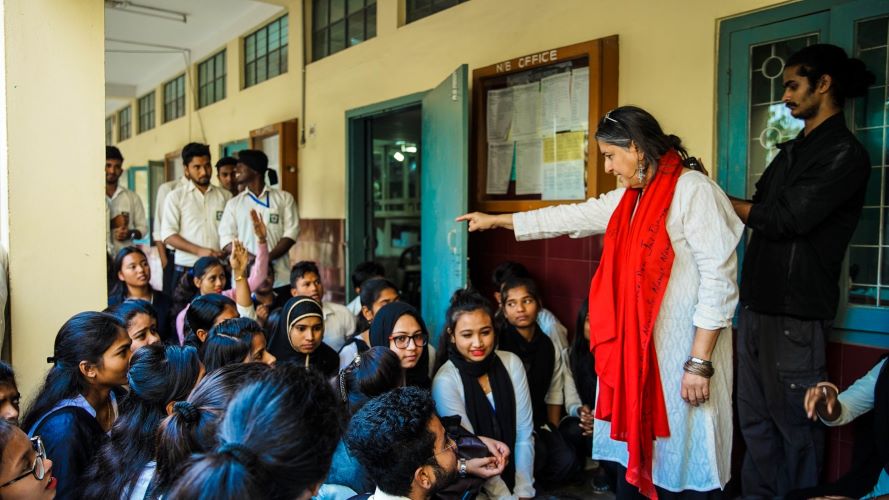
We are constantly exploring opportunities and we have an intensive training program for all those who wish to volunteer for spreading the message. We are in the process of partnering with the Asian Medical Student Association, Saveetha School of Law, Anganwadi workers, School teachers etc.
Taking the message into the community and speaking openly on such taboo subjects happens through the Rakshin Diaries. Through Rakshin Diaries, individuals share personal experiences and stories, showcasing the transformative impact of The Rakshin Project. These testimonials inspire and raise awareness, fostering a supportive community. Together, we break barriers, prevent child sexual abuse, and create a safe environment where conversations thrive and stigma diminishes.
Q. Are there any plans or initiatives within The Rakshin Project to address the gendered aspect of child sexual abuse in India, particularly in relation to empowering young girls and challenging harmful gender norms that perpetuate abuse?
A: Our discussions delve into the underlying factors contributing to Child Sexual Abuse, namely patriarchy, sexism, and misogyny. We highlight how these elements perpetuate Gender-Based Violence and actively encourage youth to adopt behaviors that promote gender equality.
Through our awareness programs, we strive to prevent Violence Against Women & Girls. By educating individuals about the importance of respect and consent, we aim to foster a culture of safety and advocate for the rights and well-being of women and girls.
We also engage in dialogues addressing Sexual Harassment in the Workplace and Domestic Violence, its prevention and redressal mechanism. By shedding light on the impact of gender norms that contribute to abuse, both during childhood and in professional settings, we equip young individuals with the knowledge to challenge and combat these issues as they take on leadership roles in the future.
Q. Can you share any plans or strategies Sakshi has in place to create a ripple effect beyond the college and university campuses, aiming to involve families, communities, and other institutions in the collective effort to prevent child sexual abuse in India?
A: In order to create a ripple effect of the learnings of The Rakshin Project by Sakshi, we promote peer-led support groups, peer-educators, Each Teach Two and Each Teach Ten as modes for the Rakshin to interact with their fellows, younger children, family and communities.
In addition to this, we are partnering with other organizations to organize trainings to spread the message further and further, in the community, like
a) Online training of NSS Program Officers
b) A convention of NSS Program Officers
c) Partnering with Medical Students all over the country
d) Partnering with Law Students, to garner their support and help
e) Working with School Teachers to enable safe spaces in schools
f) Working with Anganwadi Workers
Recognizing the essential role of technology in today's era, Sakshi has integrated the Rakshin Dashboard and its Website as indispensable pillars of the Rakshin Project. The Rakshin Dashboard serves as a portal for Rakshins where they can track their progress, engage in open dialogues, and continue equipping themselves with the tools to become preventers of harm. This digital aid empowers Rakshins to enhance their knowledge and skills, enabling them to make a significant impact in their communities.






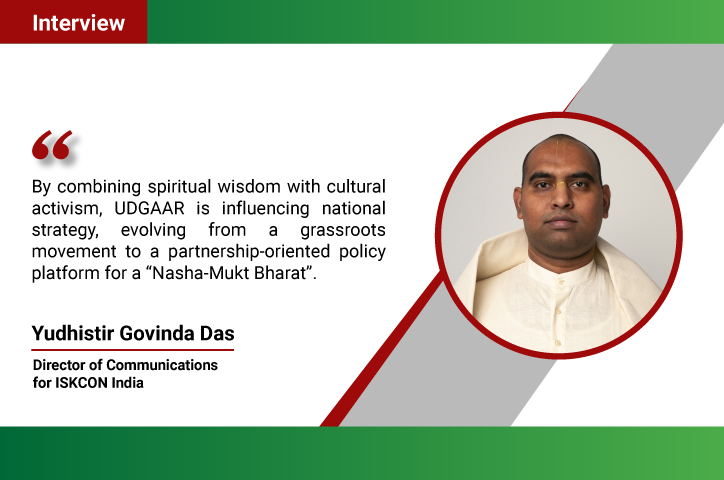

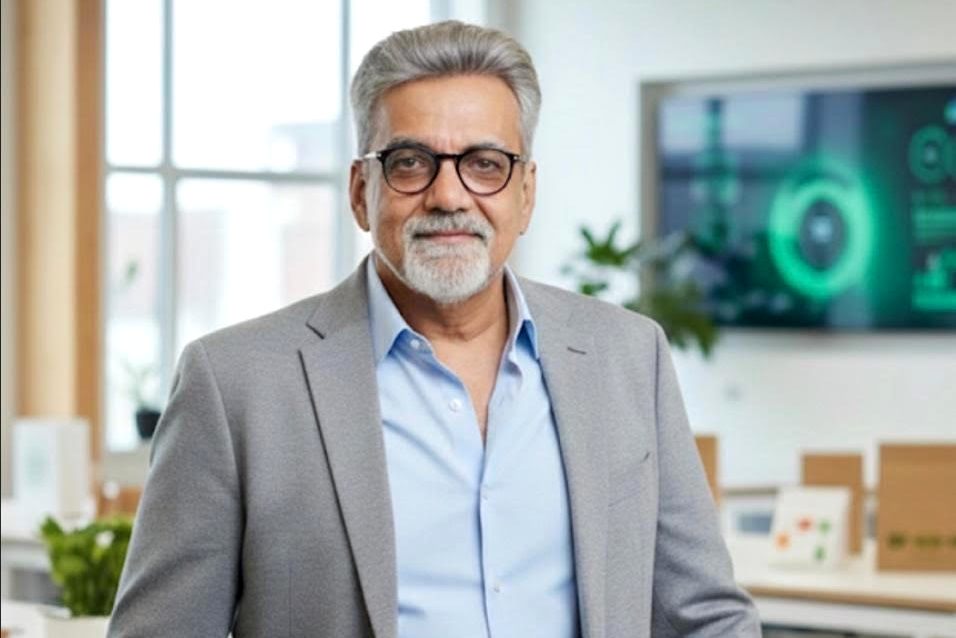


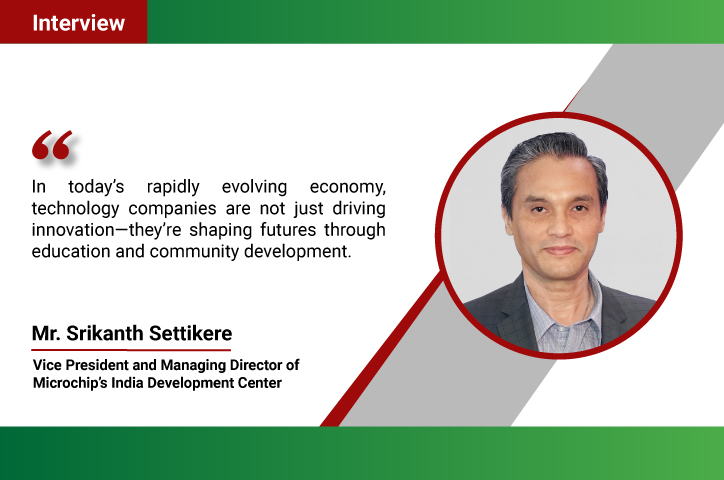
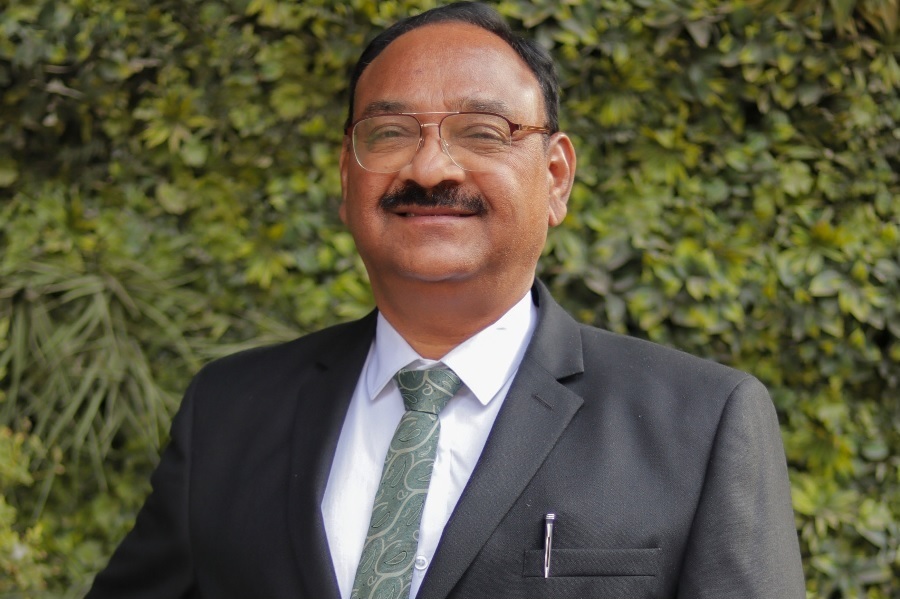
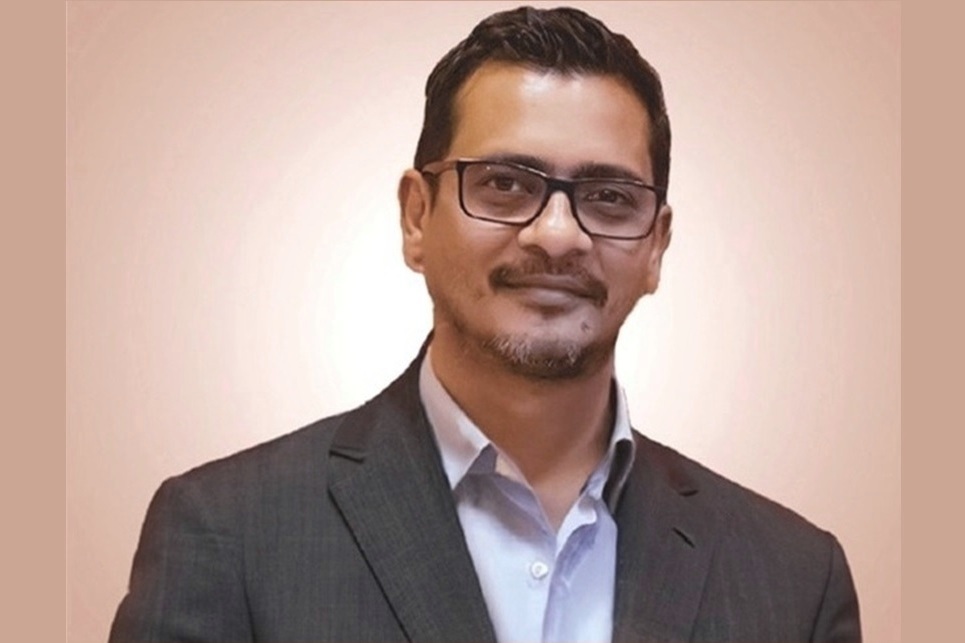


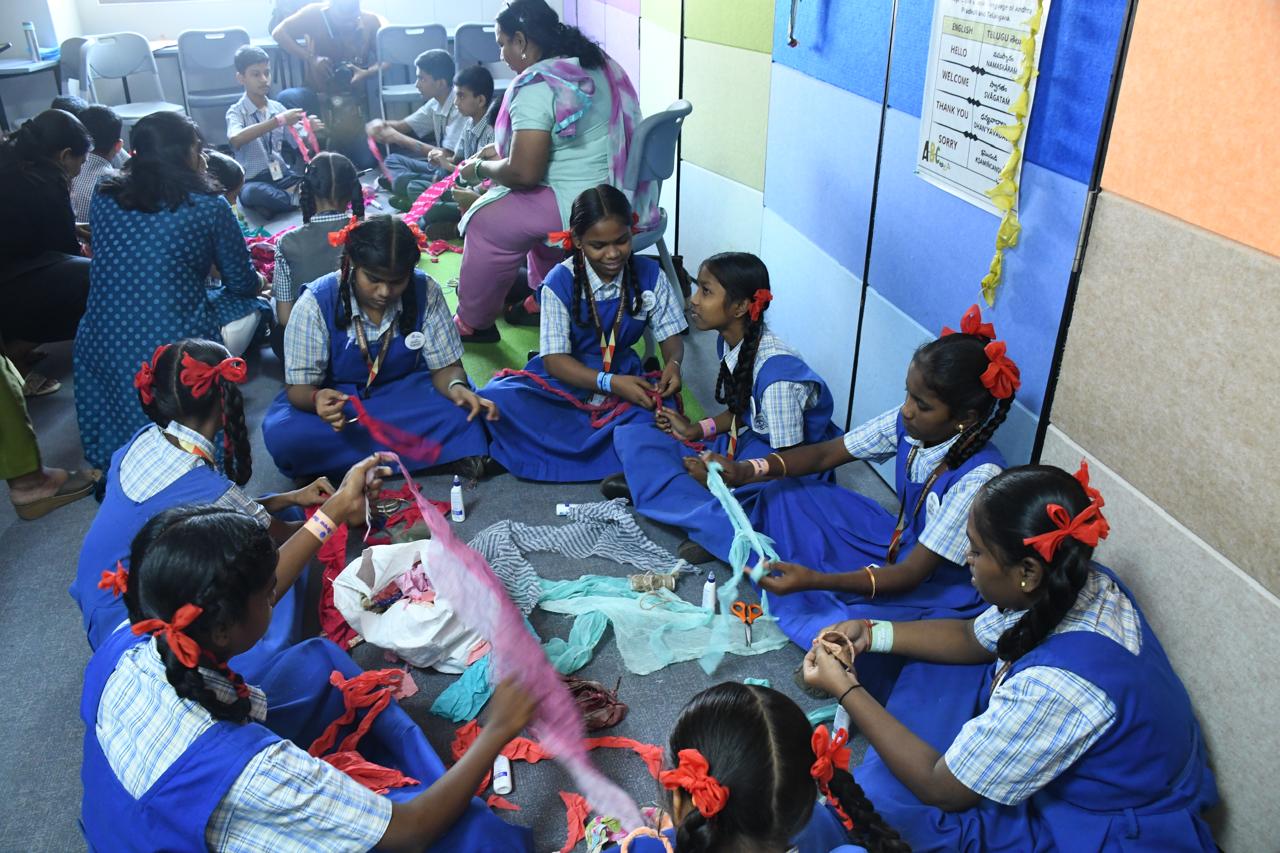

.jpg)




